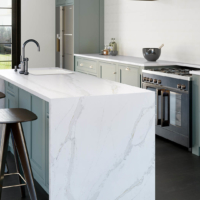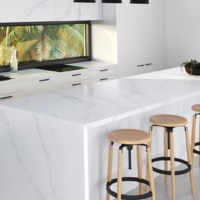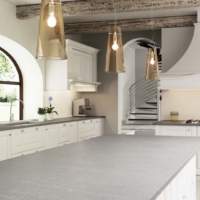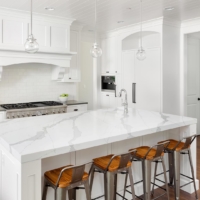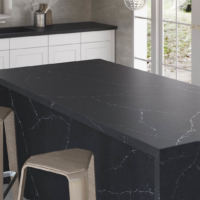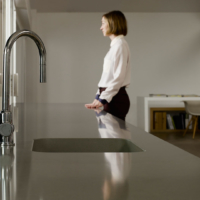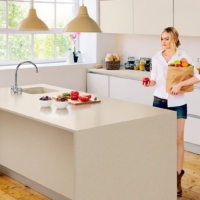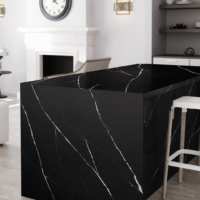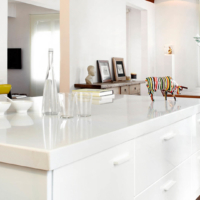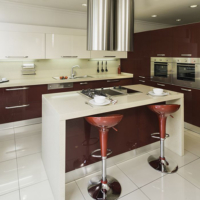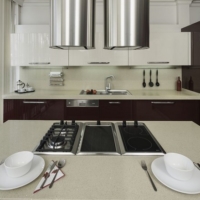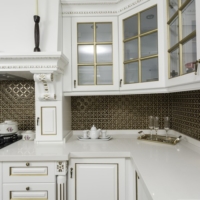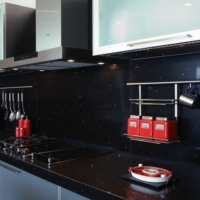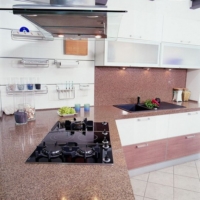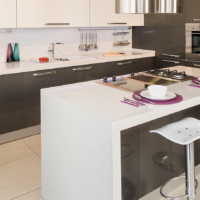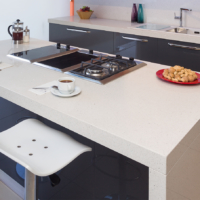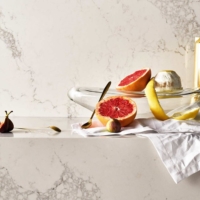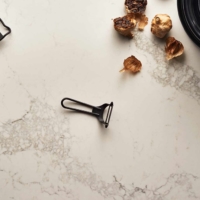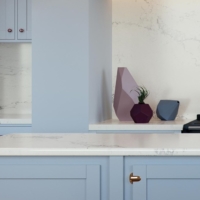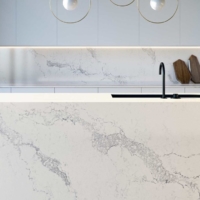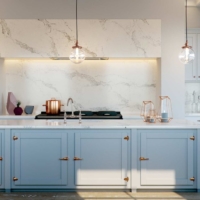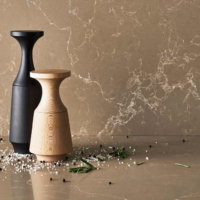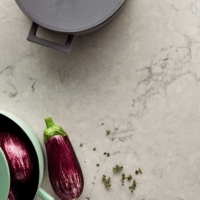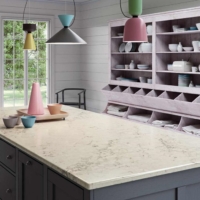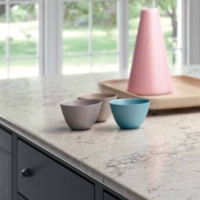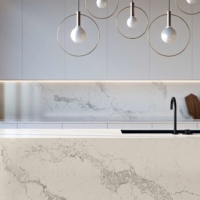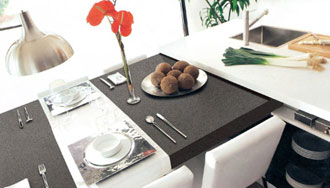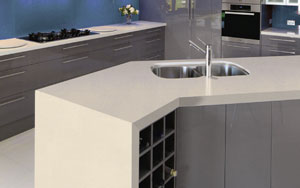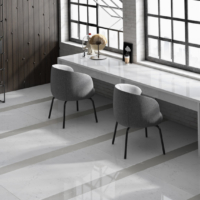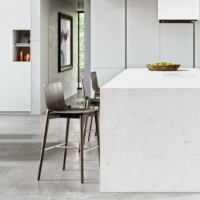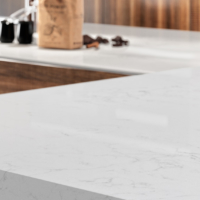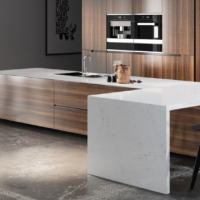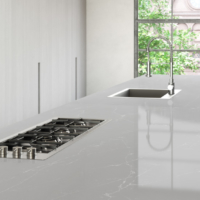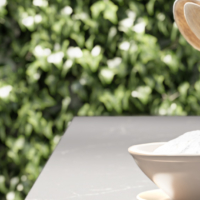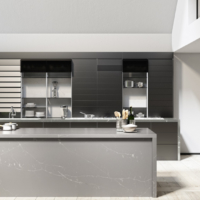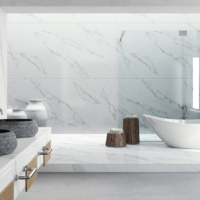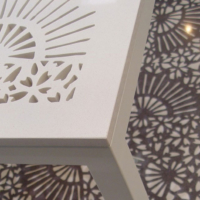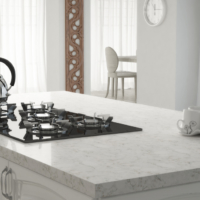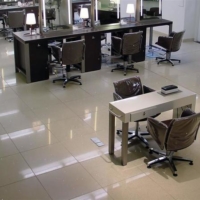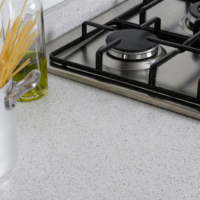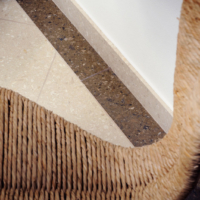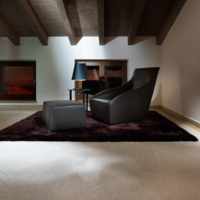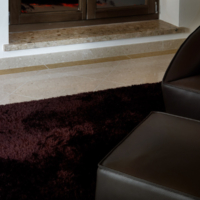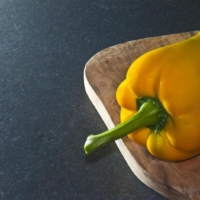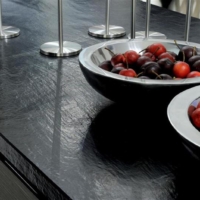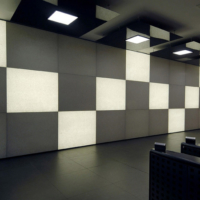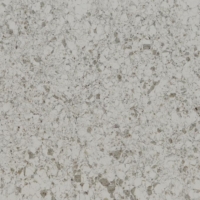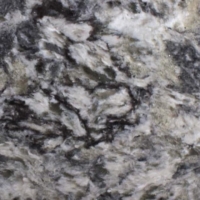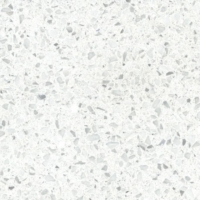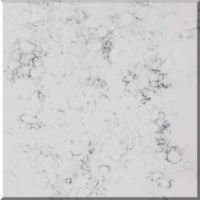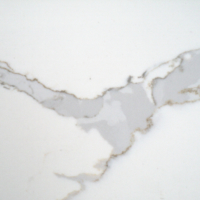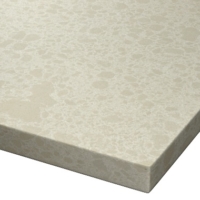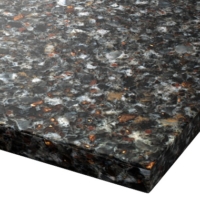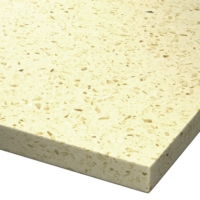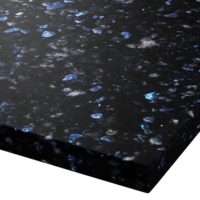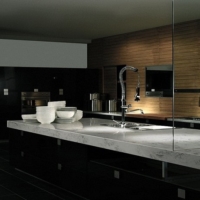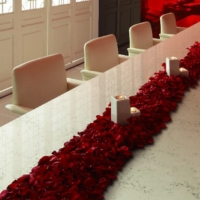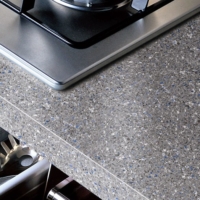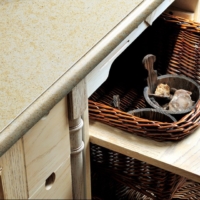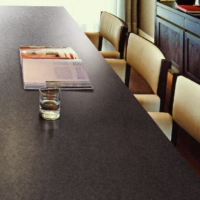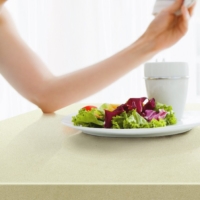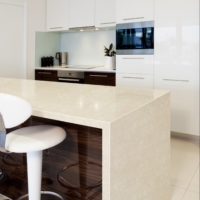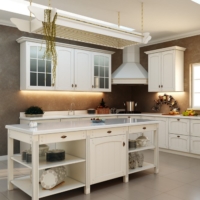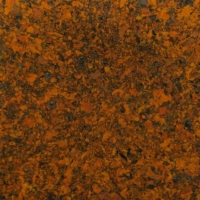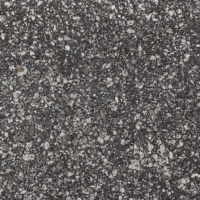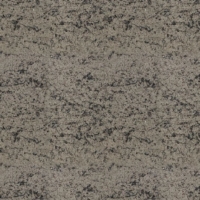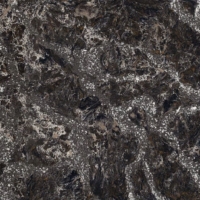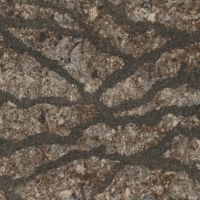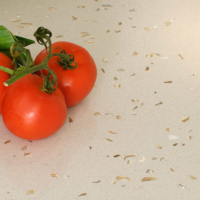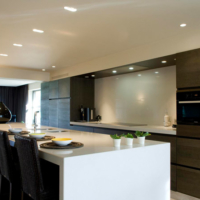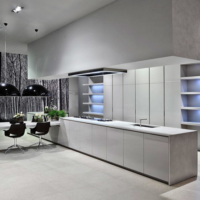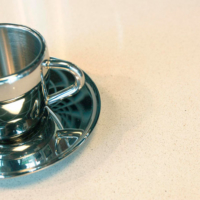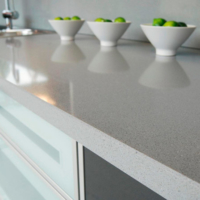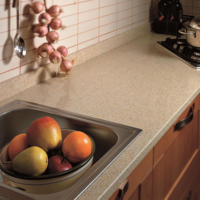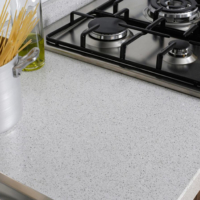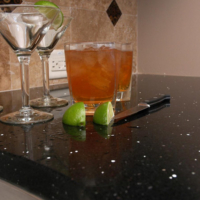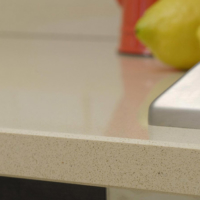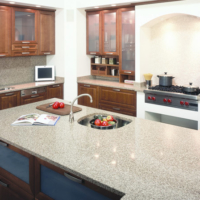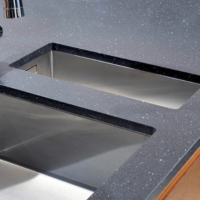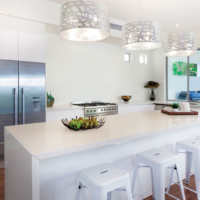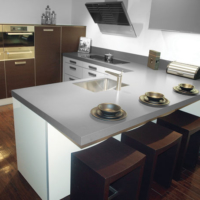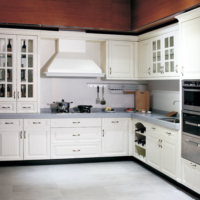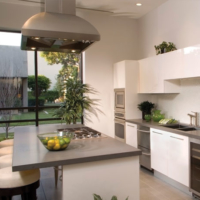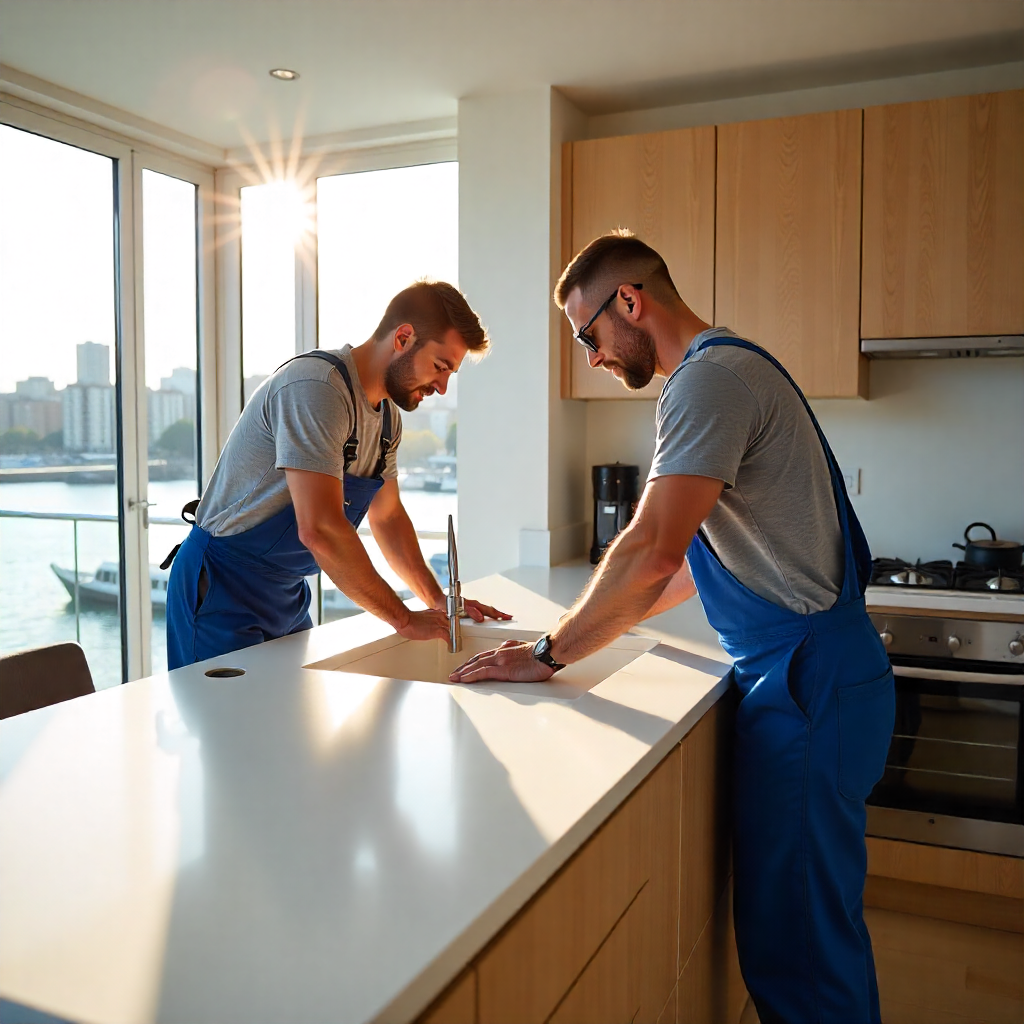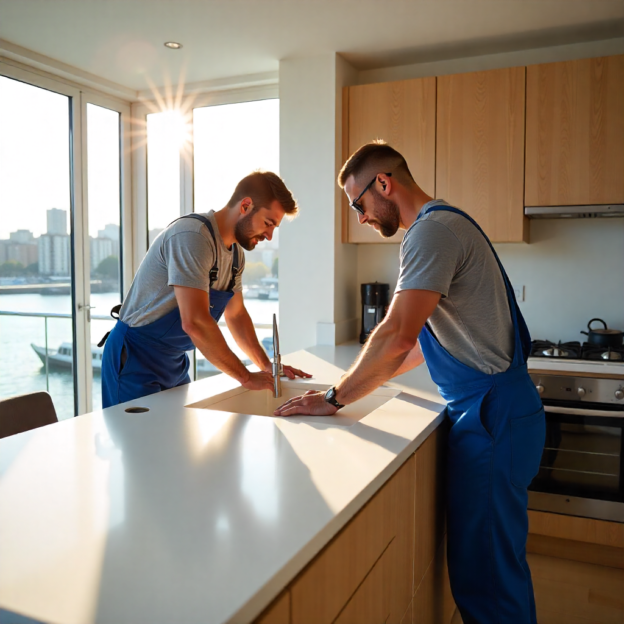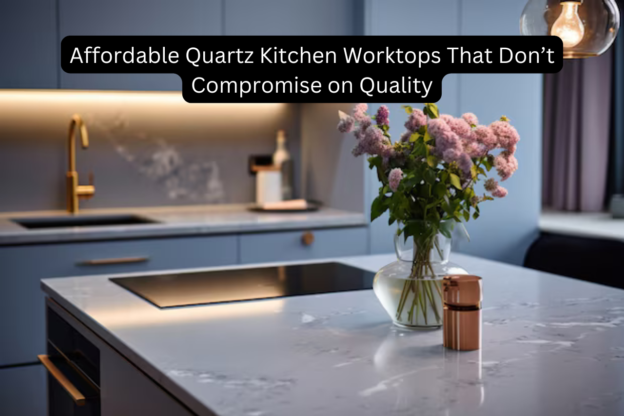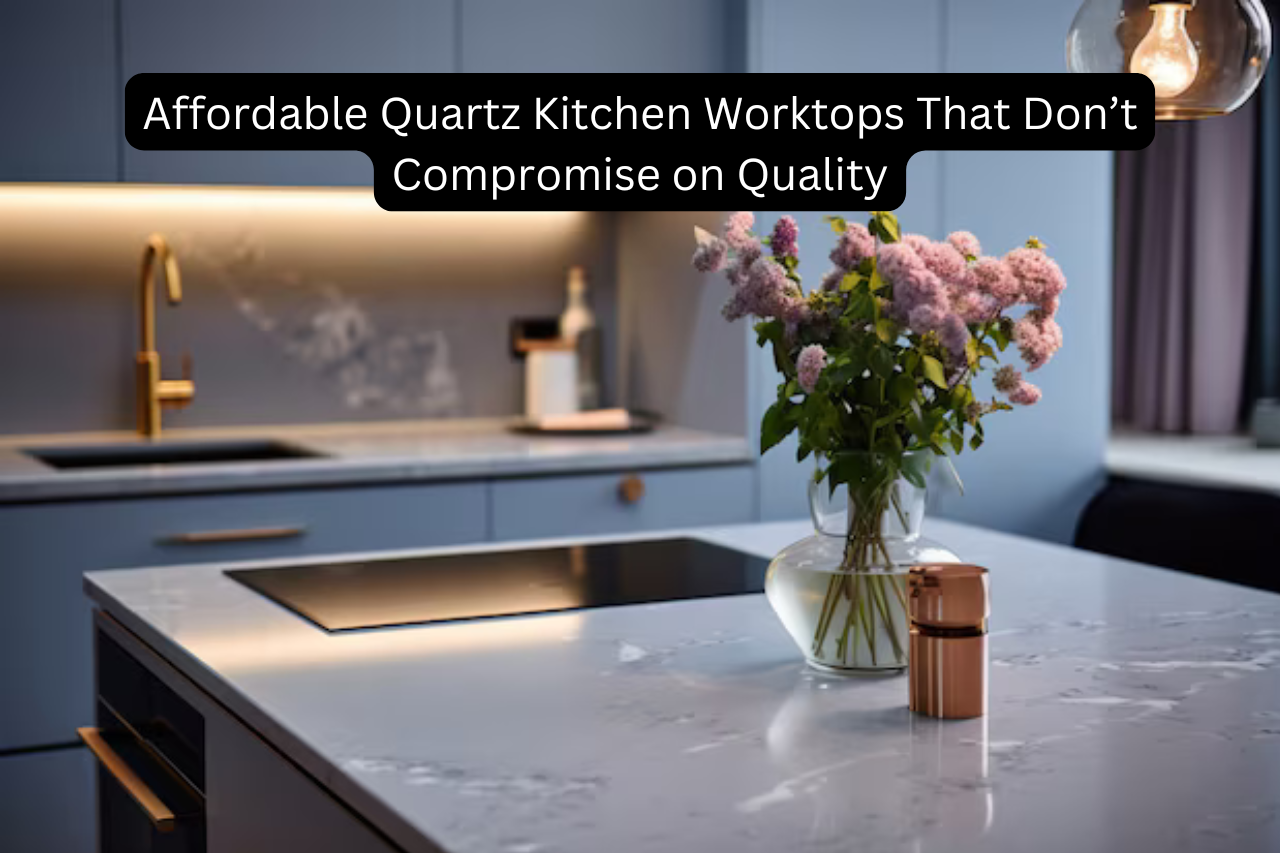When it comes to transforming your kitchen into a space that is both practical and luxurious, quartz worktops London remain one of the most popular choices. At Pure Quartz, we don’t just provide premium-quality quartz, marble, and granite – we also ensure that every installation is completed with precision, professionalism, and care.
To give you a clear picture of what to expect, here’s a step-by-step guide to our quartz kitchen worktop installation process.
1. Personal Consultation
Every great kitchen begins with your vision. That’s why our process starts with a free, private consultation at our showroom in Ashford or via an appointment with our technical team. We listen to your requirements, discuss your preferred style, and guide you through our extensive range of colours and finishes. This ensures that the quartz worktops London you choose perfectly complement your home.
2. Templating the Worktop
Once you’ve selected your quartz, our skilled team will visit your home to take exact measurements of your kitchen. This stage, known as templating, is crucial to guarantee a flawless fit. We create a precise template that accounts for sinks, hobs, and any unique design features. By doing this, we remove the guesswork and ensure your worktops are crafted to the millimetre.
3. Cutting and Crafting
Back at our workshop, we use state-of-the-art machinery to cut your quartz to size. With over 15 years of experience, our craftsmen combine advanced technology with hand-finishing techniques to produce worktops that are strong, stylish, and timeless. Whether it’s sleek straight edges or elegant curves, your quartz worktops London will be shaped to suit your kitchen’s exact layout.
4. Professional Fitting
The final step is installation. Our expert fitters carefully position and secure your quartz worktops, making sure everything aligns seamlessly. We handle all finishing touches, from polishing the joints to sealing edges, leaving you with a worktop that is durable, low-maintenance, and stunning to look at.
Why Choose Pure Quartz?
- No deposit – pay on completion for complete peace of mind.
- Over 15 years of expertise in quartz, granite, and marble.
- A huge selection of colours and brands, including Silestone, Caesarstone, and Cambria.
- Personalised service tailored to your home or business.
Upgrade Your Kitchen with Quartz Worktops in London
If you’re ready to invest in a kitchen that balances practicality with modern elegance, Pure Quartz is here to help. From consultation through to fitting, we make the process smooth, stress-free, and tailored entirely to your needs.
📞 Call us today on 01233 733111 or email info@purequartz.co.uk to book your free consultation and take the first step towards your dream kitchen.
How much does it cost to install quartz countertops in the UK?
Installing quartz countertops in the UK usually costs £300–£500 per m², with most kitchens ranging between £2,000 and £4,000 for supply and installation. Prices vary based on size, colour, finish, and extra features like sink or hob cut-outs.
How is a quartz worktop fitted?
Quartz worktops are professionally templated and installed to ensure a perfect fit. Once your kitchen units are securely in place, a specialist team measures and creates a precise template of your layout, including cut-outs for sinks, hobs, and taps. The quartz slabs are then cut and polished to match the template before being carefully delivered and fitted on-site. Installers position the worktop sections, join them seamlessly with colour-matched resin, and secure them in place with strong adhesives. Finally, the joints are polished, and the surface is checked for a flawless finish.
How Much Are Quartz Countertops? (2025 Cost Guide)
Quartz countertops typically cost $55 to $155 per square foot installed in 2025. On average, most homeowners spend between $3,000 and $7,500 for a standard kitchen project. The exact price depends on factors such as: Slab quality & brand – Premium designer quartz costs more than standard options. Thickness – 2cm slabs are cheaper, while 3cm slabs are stronger and pricier. Edge profiles & finishes – Simple straight edges are more affordable than custom beveled or waterfall edges. Installation complexity – Larger kitchens, cutouts for sinks or cooktops, and custom layouts raise labor costs. If you’re on a budget, look for prefabricated slabs or remnants, which can significantly reduce costs. For high-end kitchens, expect to pay more for premium colors, patterns, and expert installation.

